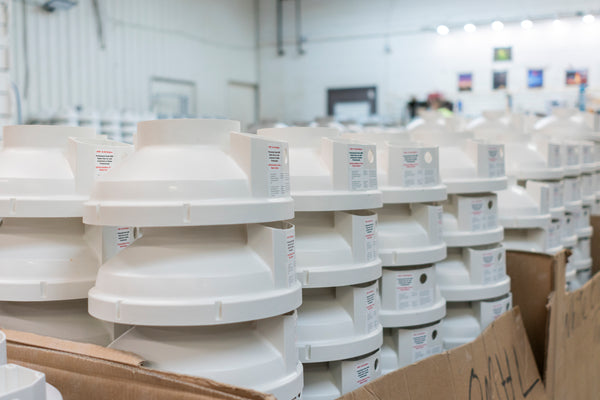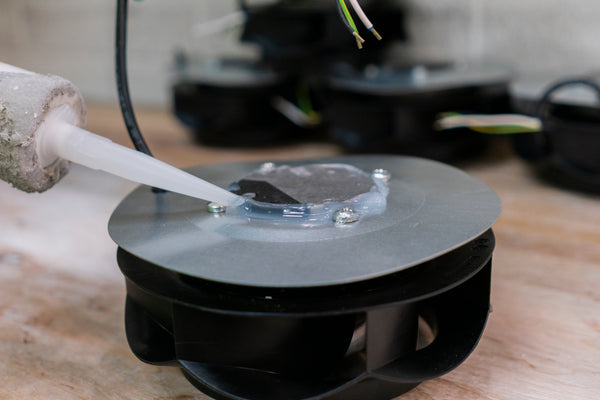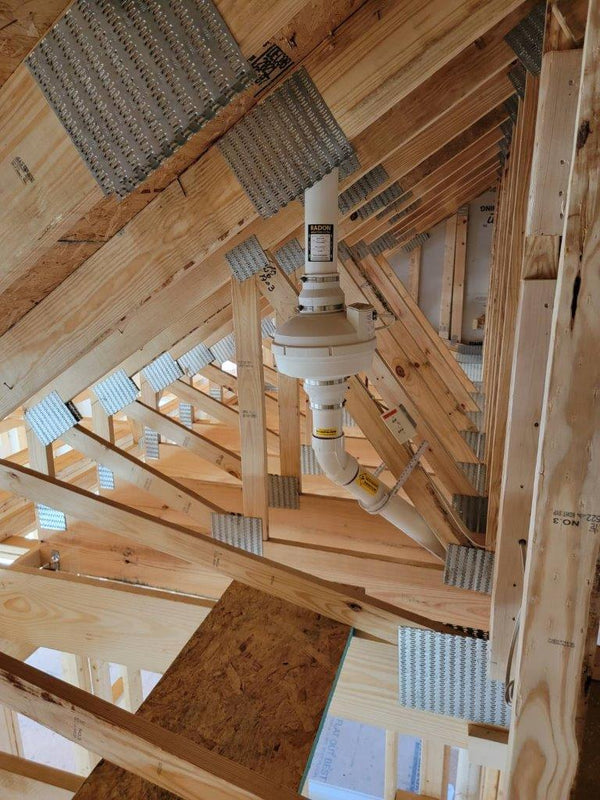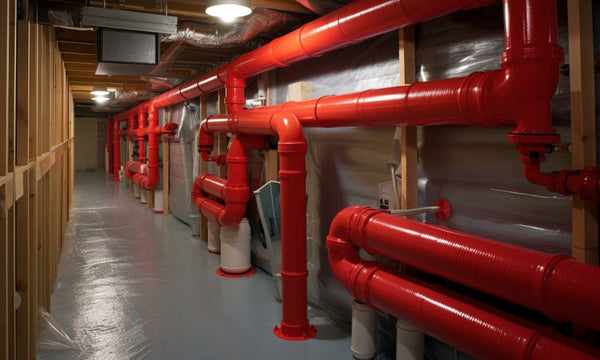
Interior and Exterior Radon Mitigation Systems
When it comes to radon, even a little bit is too much. This is especially true when it comes to buildings where people live or work for long periods of time. Inhaling radon gas over a long period can lead to radon poisoning, which can encourage the development of lung cancer. Radon mitigation is necessary in radon-heavy zones or wherever a test reveals radon in high quantities. Fortunately, two types of radon mitigation systems are available for installation and activation to diminish radon levels in a structure.
Let’s consider interior and exterior radon mitigation systems. Keep in mind that while they may have slight differences, one isn’t necessarily better than the other. The systems’ names should be a tip-off about how they work and the extent of their installation. Both systems have the same goal: dispersing the radon beneath a building into the atmosphere. Here are the specifics on how they work and what they look like.
Interior Radon Mitigation Systems
Interior radon mitigation systems consist of a series of pipes and fans and employ a process known as sub-slab depressurization. The system draws radon up through the dirt and casts it outside, creating a pressure field beneath the slab that prevents the gas from coming into the house.
One benefit of interior radon mitigation systems is that they’re nonobtrusive. They often run through the building’s walls rather than along the exterior. They’re most often installed before the foundation and slab are poured.
Exterior Radon Mitigation Systems
These systems exist, you guessed it, outside. Exterior radon mitigation systems are typically installed after a structure has been built and testing reveals the presence of radon gas. The pipe is set up to access and relieve built-up radon beneath the structure, often running alongside an exterior wall. Some exterior systems can be concealed or designed to work with the building’s design. Exterior radon mitigation systems are also good when there isn’t a pathway to run pipe from the basement, through the finished levels, and through the attic.
Pros and Cons
When you’re choosing between interior and exterior radon mitigation systems, which is the ideal choice? As we’ve learned, it’s not a matter of one being superior to the other, but circumstances may make one the better choice for the structure. Simply choosing to install a radon mitigation system is smart for all residents’ health and well-being. If you have any questions about radon mitigation, contact us for more information. We offer everything from testing kits to radon blower fans, and we look forward to hearing from you.

